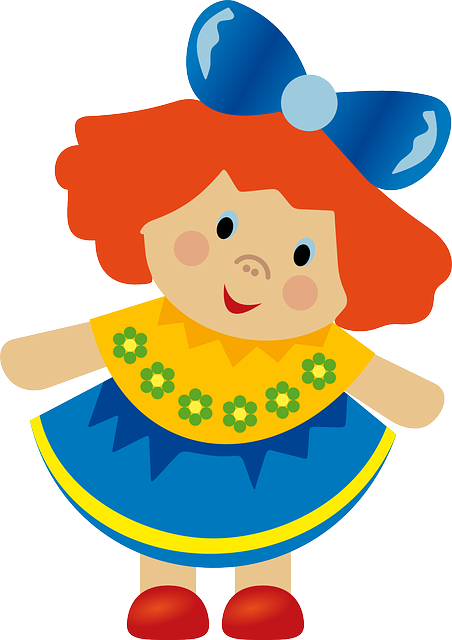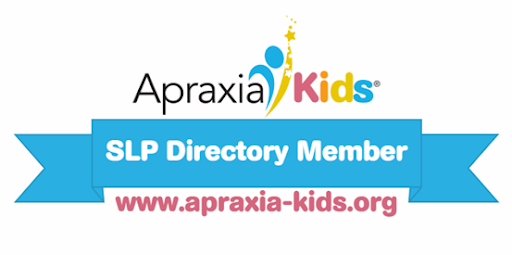
Parent Use of the OWL (Wait Time Strategy)
Speech Pathologists and other service providers are often complimented by parents as being “patient” in their work with the pediatric population. It is said that having patience (by maintaining a reduced pace or giving adequate wait time to children) is not only a virtue but also a necessary skill for interacting with young children. Many parents might find it challenging to provide this wait time when interacting with their children as it can feel forced and time consuming in our busy day to day lives. However, implementing use of pausing, silence, and delayed response tactics are important traits of strong communication partnering that all children need. This wait time strategy, often referred to as The OWL strategy (Observe, Wait,





